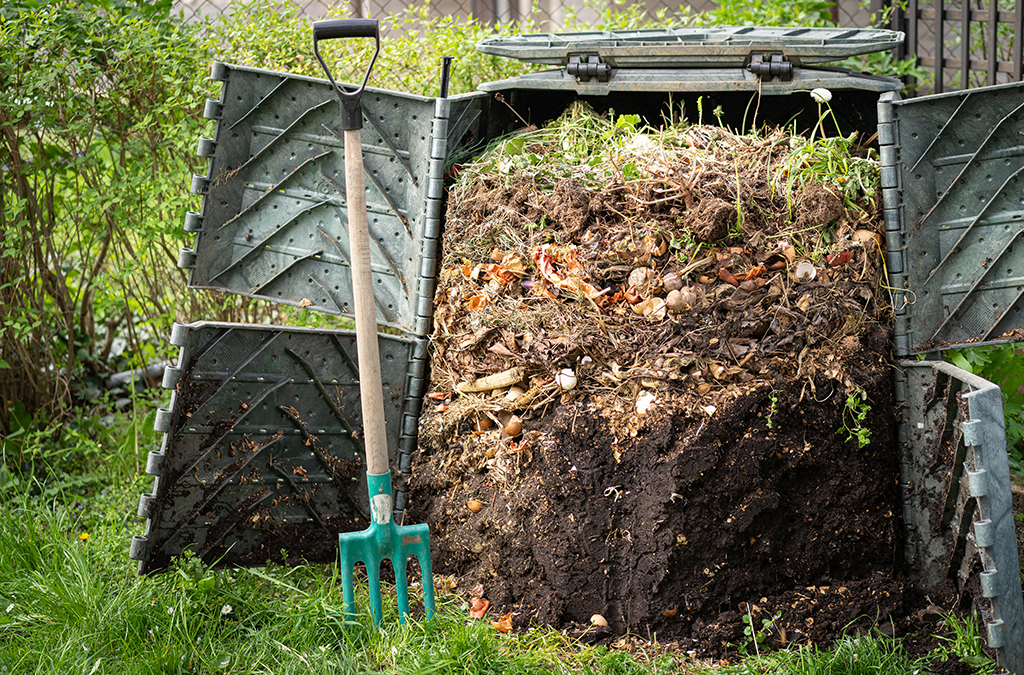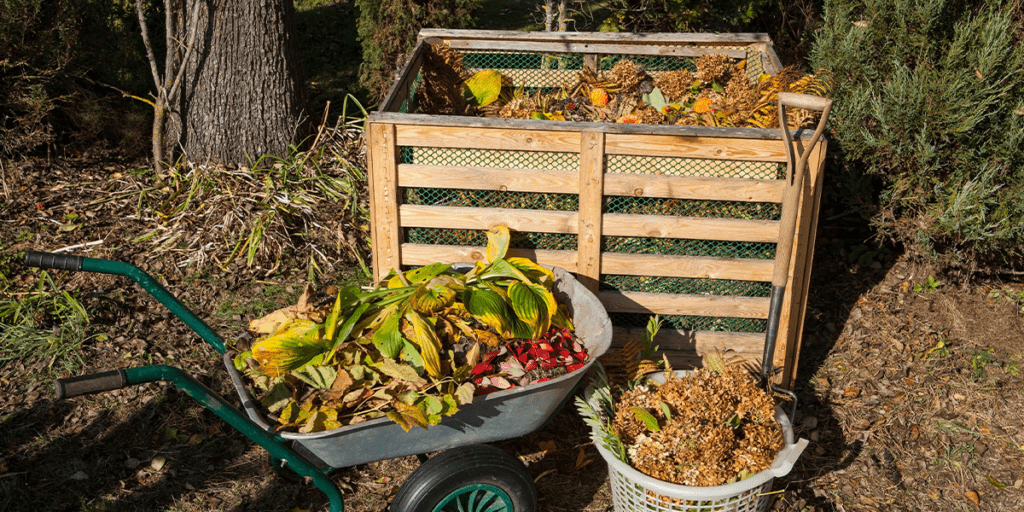Did you know that composting can cut your total household waste in half? By putting kitchen scraps and other biodegradable waste in the compost bin instead of the garbage, you’re reducing your carbon footprint, sending less trash to the landfill, and creating a nutrient-rich soil amendment for your garden. Ready to learn the basics of composting?
Composting Is Easy—Just Follow This Guide!
There are multiple methods of composting, and it can take a while to remember what you can compost and what you can’t. Our composting guide will make it easy as you learn all the ins and outs.

Different Types of Composting
There are three different types of composting:
- Aerobic
- Anaerobic
- Vermicomposting
Aerobic composting uses an elevated compost tumbler. As you turn the crank, it tumbles the materials, introducing oxygen throughout, which speeds up the composting process.
Anaerobic composting uses a stationary bin that doesn’t have a turn crank; it is often kept outside and has open bottoms to allow worms to enter the bin. Using a trowel to mix up the compost occasionally will help it break down faster.
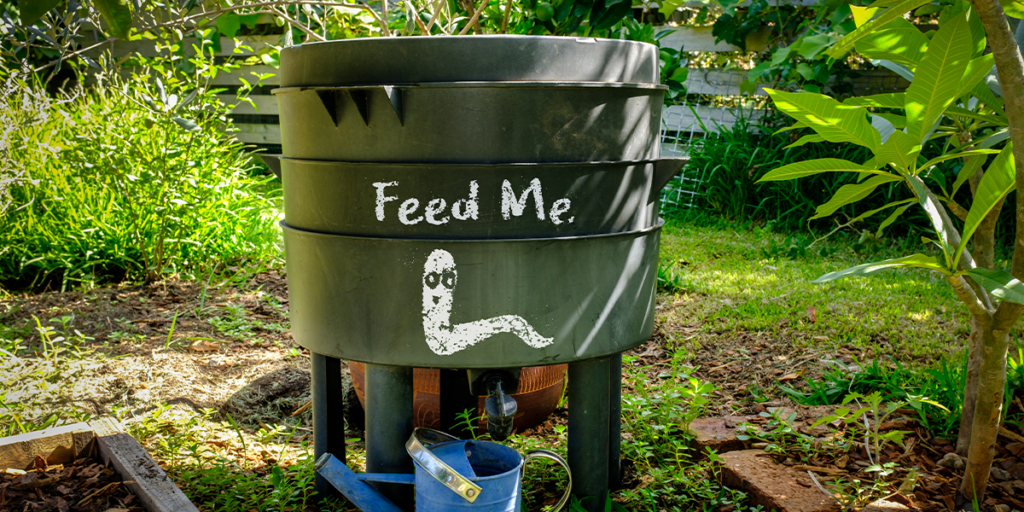
Vermicomposting uses a special bin with a chamber up top containing 1–2 pounds of red worms. The worms eat the material, and the resulting castings are incredibly nutrient-rich. It’s the fastest way to create compost, creating the most high-quality product of all three options. Plus, it releases barely any odors! If you aren’t squeamish at the thought of keeping a bin of worms, this composting method is certainly worth trying.
What Can and Cannot Be Composted?
Compost requires three things: green matter, brown matter, and moisture.
Green matter introduces nitrogen to the pile; this includes things like green plant matter, fruit and vegetable scraps, weeds without seeds, and coffee grounds.
Brown matter introduces carbon; this includes things like woody plant material, dried leaves, straw, and wax-free cardboard.
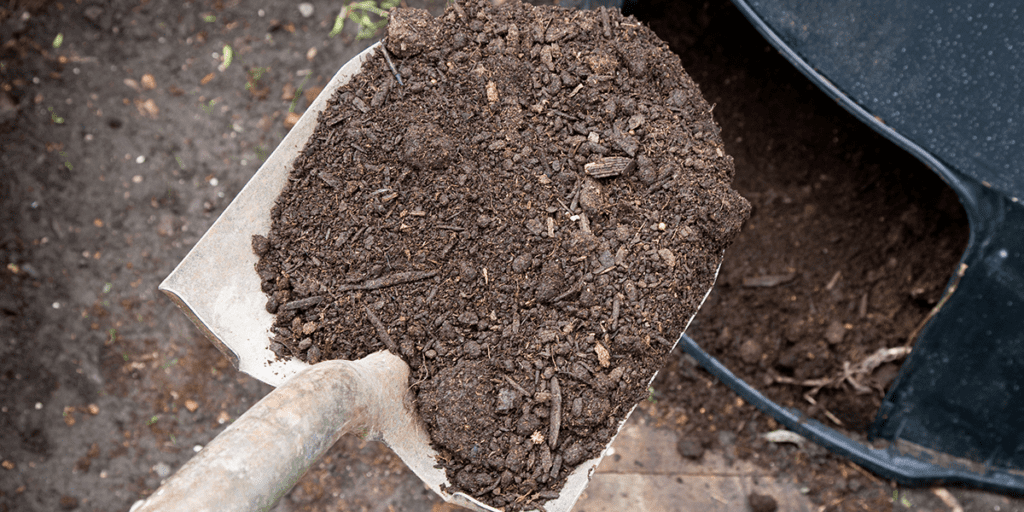
Adding the wrong things to your compost bin can contaminate the pile. If you add that to your garden plants, it could spread disease or other troublesome issues. There are also some items that you can add, but only in small quantities. To make it easy, we created this chart to help you learn what goes in and what stays out of the bin. Take a screenshot, print it out, and stick it to the fridge as a quick reference guide.
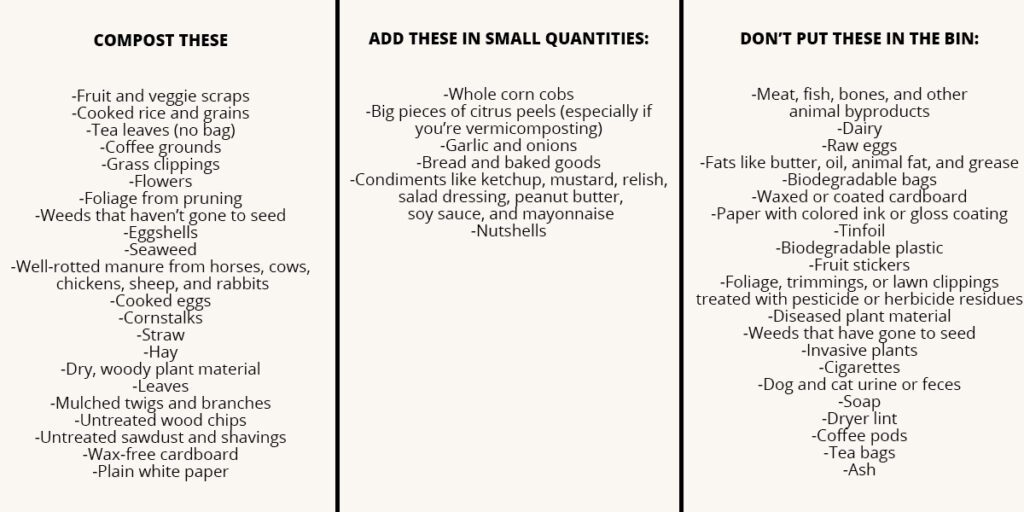
While anaerobic compost bins tend to be a bit smellier, generally speaking, your compost bins shouldn’t smell bad or rotten—they should have more of an earthy smell. If your compost bin smells nasty, you may have accidentally added something you shouldn’t have.
If you’d like to start composting in Illinois, or if you’re having any trouble with your bins and need help troubleshooting the issue, visit us at our garden centers in Carpentersville and Bloomingdale. Our staff can guide you through everything you need to make your compost bin work its magic!
Platt Hill Nursery is Chicago’s premier garden center and nursery.

